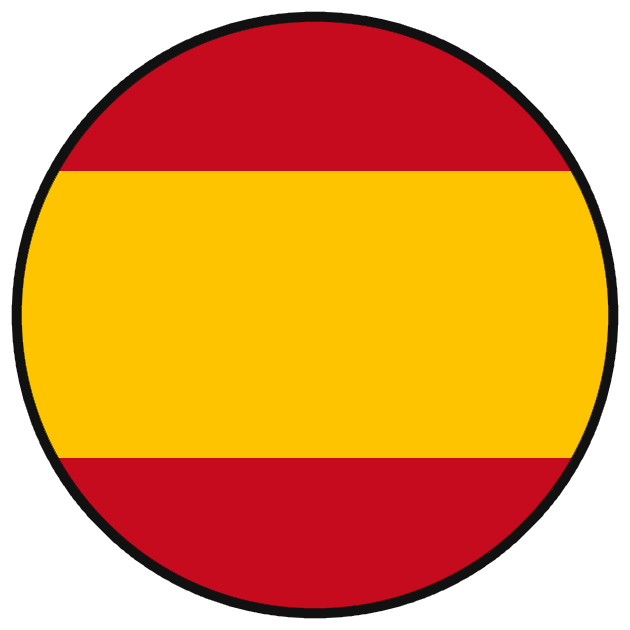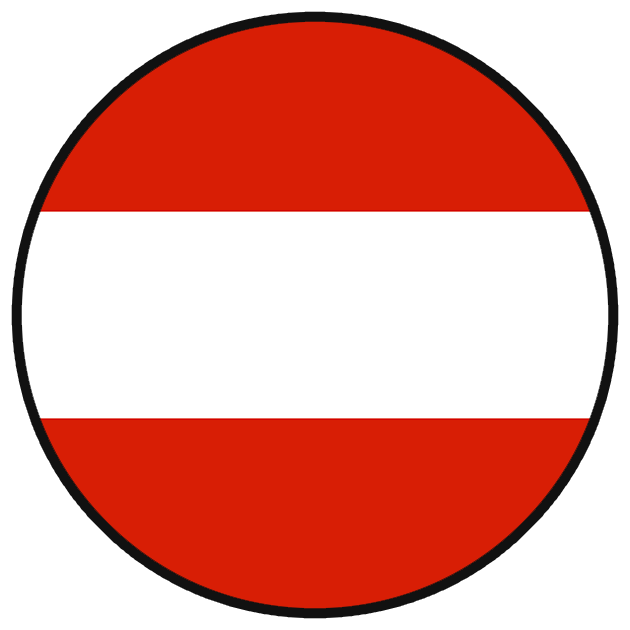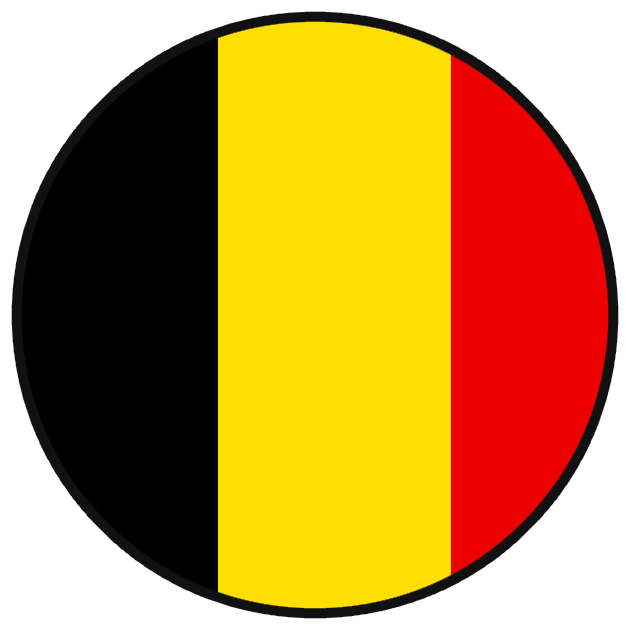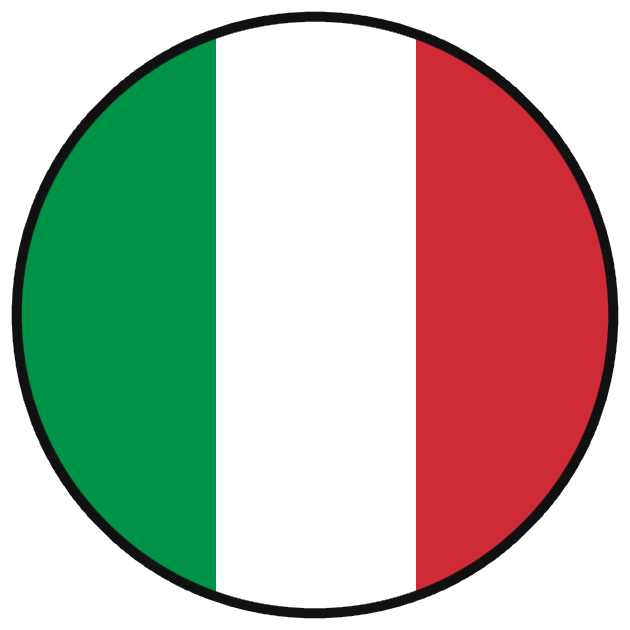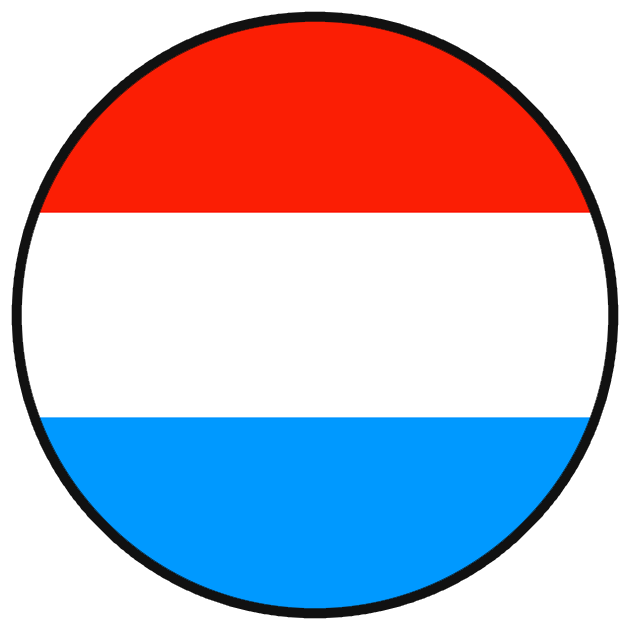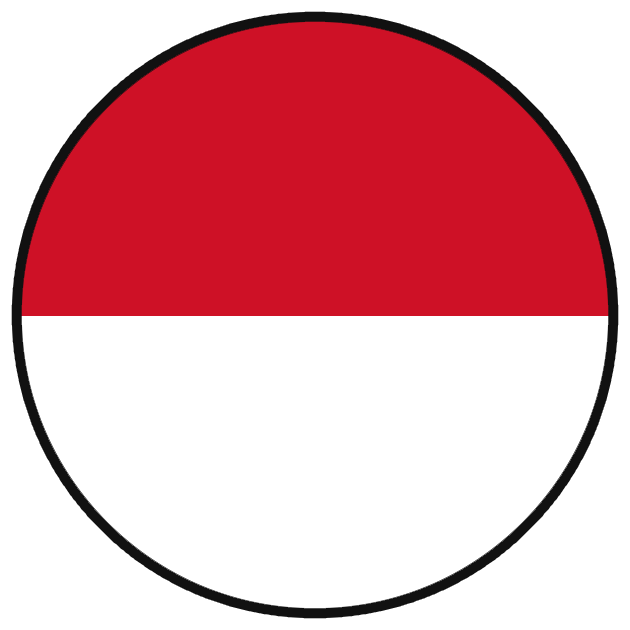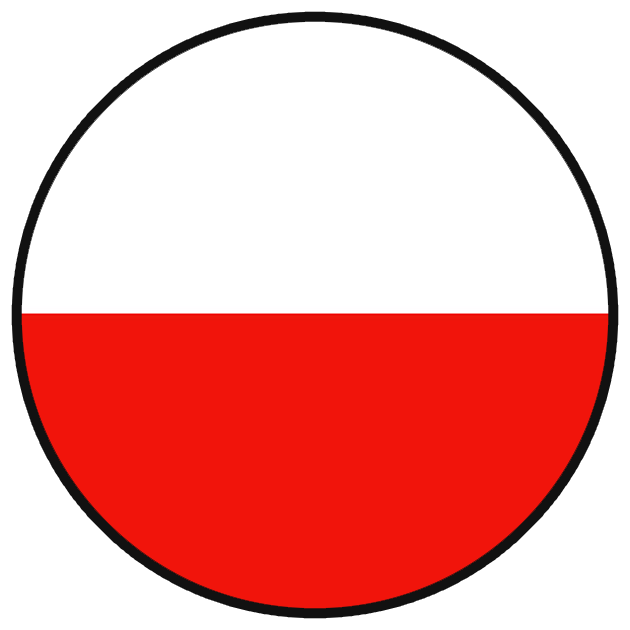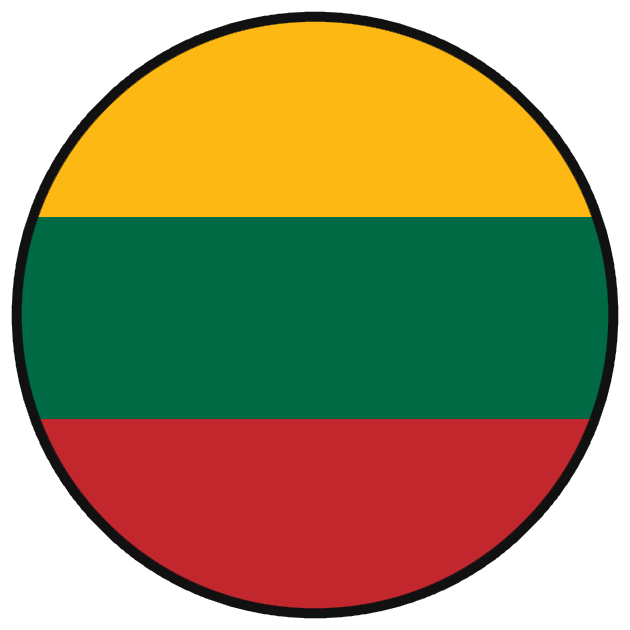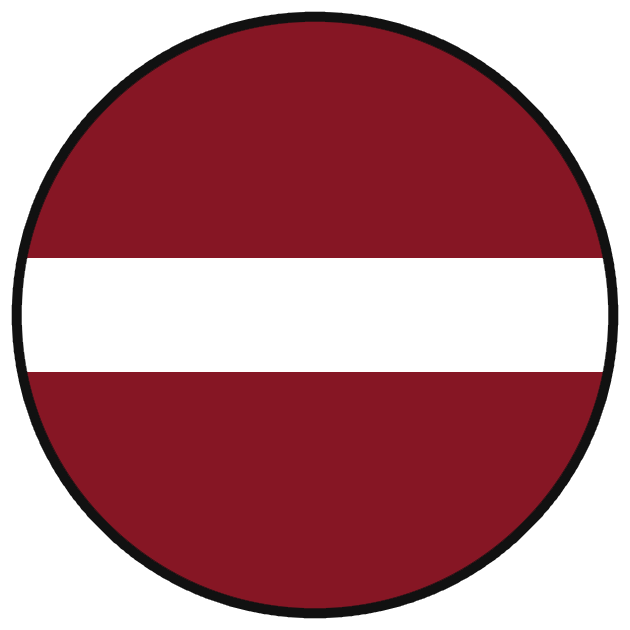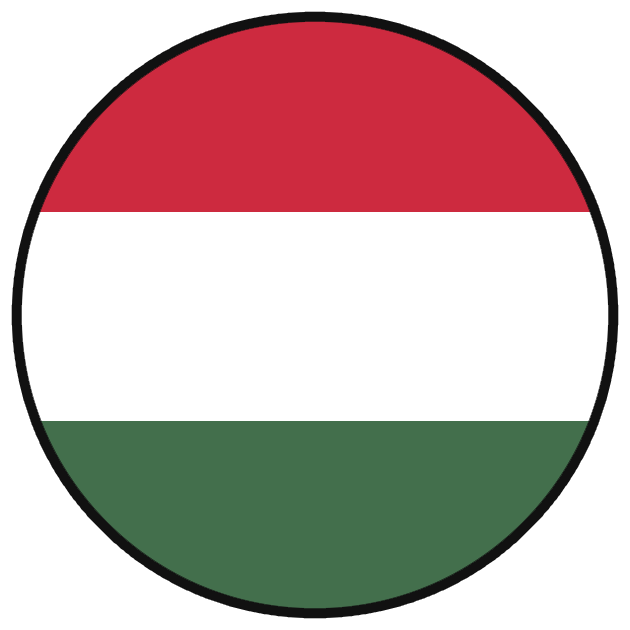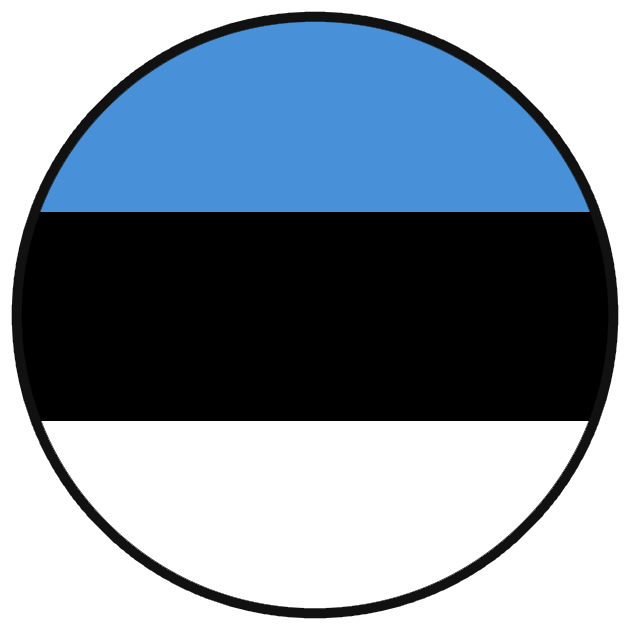Between the end of October and the beginning of November we will harvest the olives from the olive trees to produce the Extra Virgin Olive Oil from your harvest, which you will be able to receive at home from December onwards.
It all started after we finished the harvest of last season’s olives, back in the month of November. The first thing we did was to check the damage caused to your tree by the harvest and apply a copper treatment to heal the wounds. Copper prevents fungus from entering the trees to protect them from getting sick or being damaged forever.
As the winter progressed and the cold hours with temperatures below 7ºC increased, your olive tree entered a period of dormancy or a vegetative standstill. In this state the transit of the sap slows down. This situation lasted until the beginning of spring when your olive tree began to wake up from its winter sleep, well-rested and ready to give life to a new crop.
High temperatures and high humidity
This year has been very atypical, as we have had high temperatures, above 20ºC, in the month of January and a very high relative humidity. These conditions are perfect for the dreaded Repilo (spilocaea oleagina) to develop. This fungus causes the absolute defoliation of the olive tree and the loss of the harvest.
To detect the presence of Repilo, we dip some of the leaves of your olive tree in a 4% dilution of caustic soda in water. If the fungus is present, it shows up as circular spots on the leaves, which are normally invisible, but after being submerged in this dilution, they are revealed.
Tools for pruning olive trees
It is also in winter when we carry out pruning, which is one of the most important and costly tasks we undertake on your olive tree. Pruning consists of removing the exhausted or less productive branches, either because they are dead or simply because they have become old or damaged. This task is carried out with saws, hydraulic shears, mechanical saws and a disc cutter that we attach to the tractor.
Each one of us goes through with the tool that we master best and we do our work:
- The hand saw for fine dry branches.
- The hydraulic scissors for the thicker branches in the interior of the tree
- The power saw for the thicker trunks
- The disc cutter to cut from above and prevent the olive tree from spending a lot of energy pulling sap towards the higher branches.
Our secret: compost made on our own farm
 One of the peculiarities of our way of farming is that the compost we use to improve the biodiversity of our soils is made by ourselves.
One of the peculiarities of our way of farming is that the compost we use to improve the biodiversity of our soils is made by ourselves.
We use manure from the 400 sheep and goats we have on our farm. We mix this manure with pruning waste and alperujo (the waste generated when we make oil). In this way we not only have perfect ecological nourishment for the olive trees, but we also close the productive circle on the farm itself.
Rainy spring
Water is always welcome in our area. But this spring something happened that we had never seen before: a period of more than 30 days of constant rain, almost without a break. The Repilo spread very intensively in one of the areas of the farm without us being able to carry out any preventive treatment.
We had a great loss of leaves, especially on the Arbequina variety olive trees, which were completely defoliated and the shoots were lost.
After this period of rain, we were able to start clearing the plots and applying ecological foliar fertiliser. This facilitated the flowering of the healthy olive trees and the sprouting of new leaves on those that had been affected by the long period of rain.
During the spring, we also prepared and planted 24 hectares, after having left these fields to rest for a few years. New olive trees of the Arroniz, Empeltre and Alfafarenca varieties. We have planted these varieties, which are known as dual-purpose, as they will allow us, in addition to extracting their oil, to use their fruit to produce table olives. We are looking forward to getting started but we will have to wait until next season to carry out the first tests.
The fight against heat and fire
In terms of weather, there has been almost no spring. We have gone straight from a mild winter to a long and very hot summer. This summer we have been very efficient with the use of water, irrigating according to the hours of heat and the amount of crop in each area. In the areas of olive trees with a low harvest, we have decided not to irrigate practically at all and to focus on the area where the trees were most heavily covered with olives.
The heat has not only been stressful for our olive trees, but also for the animals that live with us: wild boars, rabbits, foxes, roe deer, partridges, pigeons, owls and eagles. We have left some areas with pools of water for them to drink. We have really enjoyed having the privilege of seeing how our farm has become an extension of the natural reserve that surrounds us.
The worst news of the year was undoubtedly the forest fire that started in Bejís, just a few kilometres from our olive grove, which kept us awake for 4 days. A black cloud covered the sky and the burning wind both day and night made the atmosphere very hot. They were very tense days, with a lot of sadness and a lot of powerlessness.
Next steps
This week we have carried out the first analyses of the yield and quality of the olives and, despite all the difficulties we are optimistic that we will have a more than acceptable harvest in terms of quantity and quality.
Over the next few weeks we will continue to check the irrigation pipes to ensure the right amount of water so that the olives keep fattening up. At the same time we will be carrying out weekly analyses in order to make the decision to harvest at the optimum point of ripeness for each plot.





 My account
My account 











